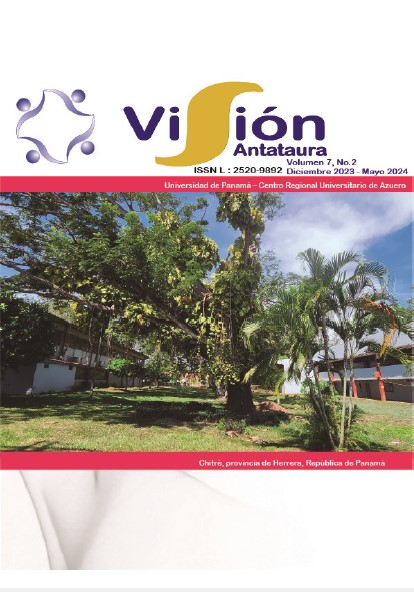

Copyright (c) 2023 Visión Antataura

This work is licensed under a Creative Commons Attribution-NonCommercial-ShareAlike 4.0 International License.
This article addresses the development of a Machine Learning model applied to a dataset collected on a poultry farm. Its goal is to attain a predictive model based on environmental variables to anticipate forthcoming events. This predictive model aims to optimize decisions linked to the birds' environmental well-being and cut production costs in poultry projects. This investigation obtained information from the "Smart Poultry Farm" system, following the SEMMA methodology and utilizing the Python programming language in the Google Colaboratory IDE environment. The model was built using the binomial logistic regression algorithm in the context of supervised learning. The assessment of the predictive model encompassed the confusion matrix and metrics such as the Overall Quality Index, Accuracy, Sensitivity, Specificity, and F1-Score. Various scenarios were employed to forecast the activation/deactivation of the poultry farm's fans, based on environmental parameters: humidity, temperature, and heat index.